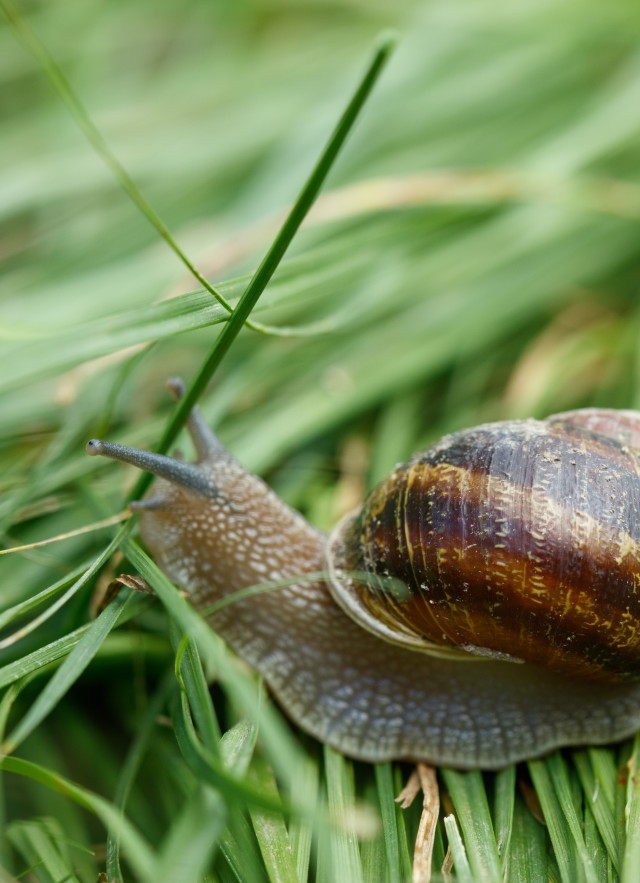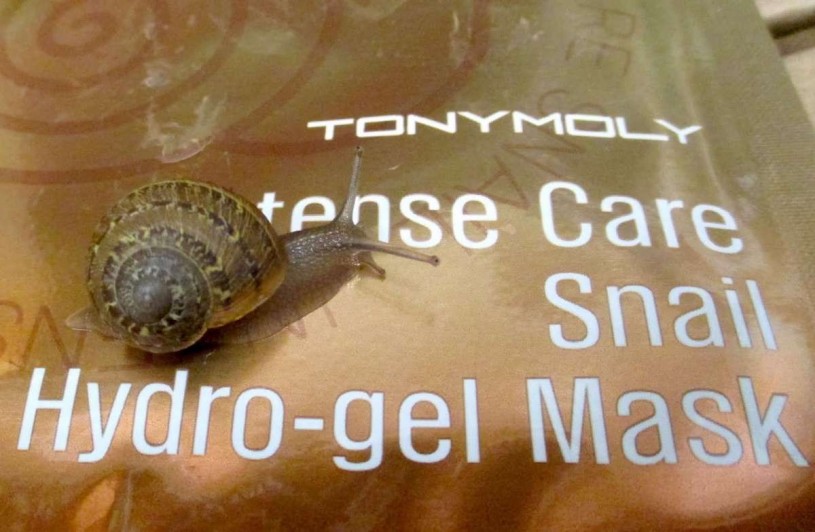Land Snails: The Key to Beauty?
If you’ve seen a snail on the sidewalk after a rain, chances are it's the same species that is popular in the cosmetics field.

Snail slime has many names: snail mucin, snail secretion filtrate, or just plain snail mucus. But is it going to save your skin? Snail slime has hit the beauty market in spectacular fashion, enhancing face creams, moisturizers, gel masks, and skin repair serums. South Korean cosmetics companies have been at the forefront of this trend with claims that these snail slime products reduce wrinkles, repair damaged skin, improve acne scars, and lighten dark spots. So, from what magnificent snail comes this “miracle” beauty product? The common garden snail.

What is Snail Mucin?
It's scientific name is Cornu aspersum, and if you’ve seen a snail on the sidewalk after a rain, chances are it is this species. It's not only common in Los Angeles, but thrives as an introduced species far beyond its native Europe. Check out the 650-plus observations of this species on iNaturalist from Van Nuys to New Zealand.
Garden snail slime, as an ingredient in “cosmeceuticals” (a hybrid cosmetic and pharmaceutical product), is collected from live snails, filtered, and then added to other ingredients to make various skin products, some of which show promise in small studies to heal sunburn and accelerate wound repair. In analyses of snail slime, cosmetics researchers discovered that the garden snail has five types of mucus cells, each of which produce a unique mix of chemicals, including one of the darlings of the skin-care industry, glycosaminoglycans, or GAGs. These molecules attract water and are therefore often used in moisturizers to plump up skin.
When referring to Cornu aspersum, snail slime product labels use creative names including “black snail” or “Chilean earth snail,” which presumably sounds more exotic than “common garden snail.” One product hails the species’ “ever-resilient” qualities and notes that it is “lauded for its ability to survive harsh environments.” In more scientific sounding contexts, it is referred to as “Cryptomphalus aspersa,” a mostly unused alternative name, or “Helix Aspersa Müller,” also incorrect as Helix is now considered an out-of-date genus name and aspersa, the species name, should be written in lowercase in italics.
The story of the naming and renaming of this species by biologists since the late 1700s deserves its own discussion, which you can find some of here. One of the major players in that story is Otto Friedrich Müller, a Danish naturalist who first described this species in 1774. This is the very same “Müller” sometimes tacked onto the end of the species name, by convention. I would like to think that Otto would be amused to know that 240 years after he described this species, its slime is “beautifying” faces across the globe.
Many thanks to Su Oh, Natural History Museum of Los Angeles County, for bringing the Tonymoly snail mask back from South Korea.